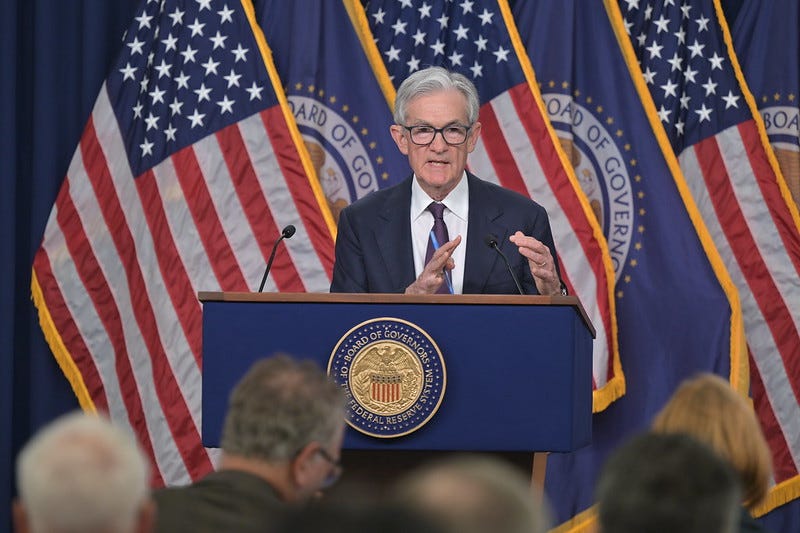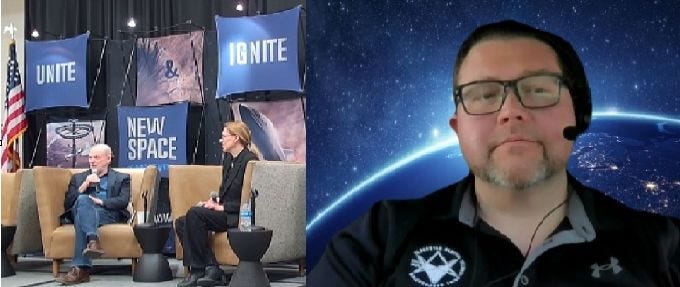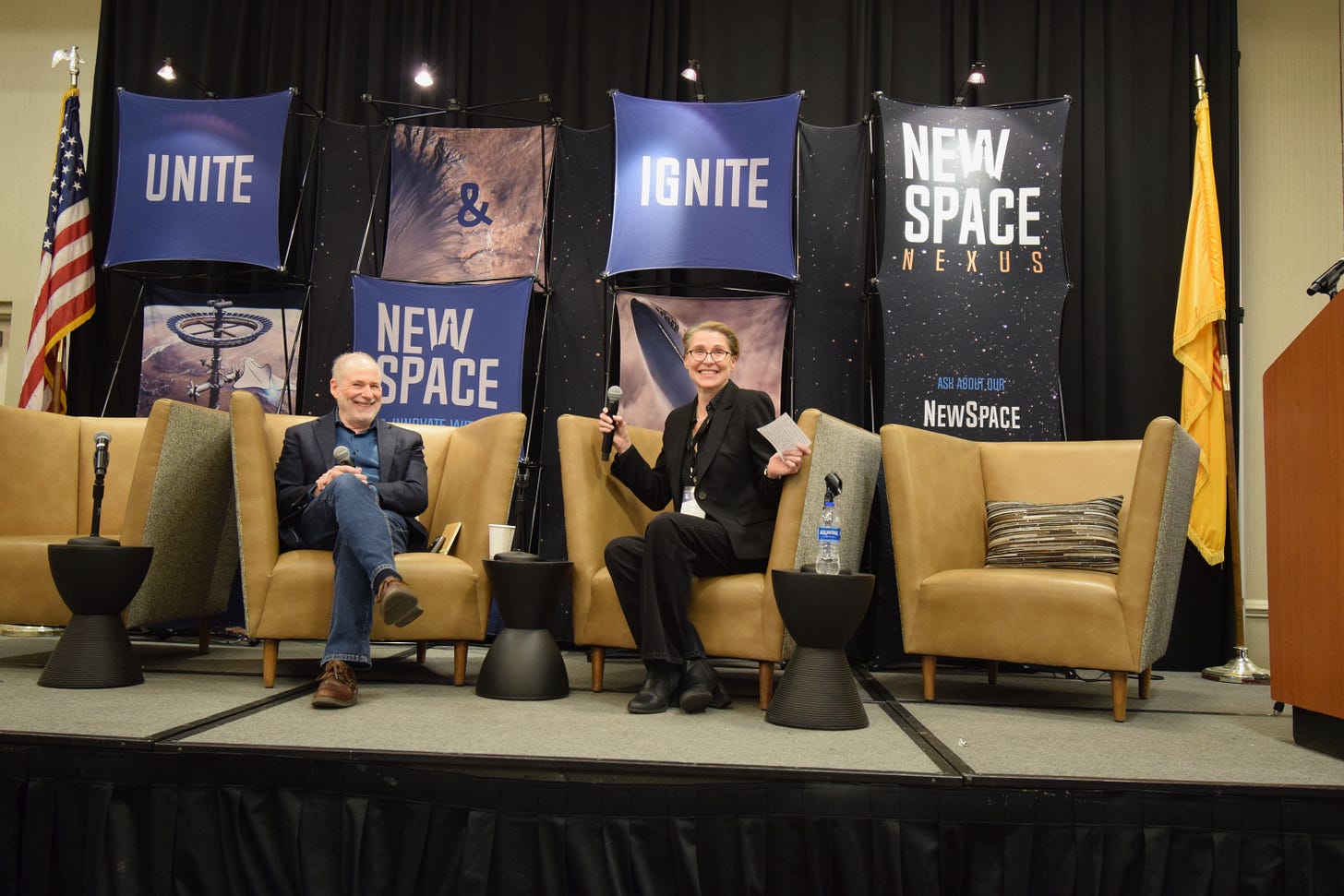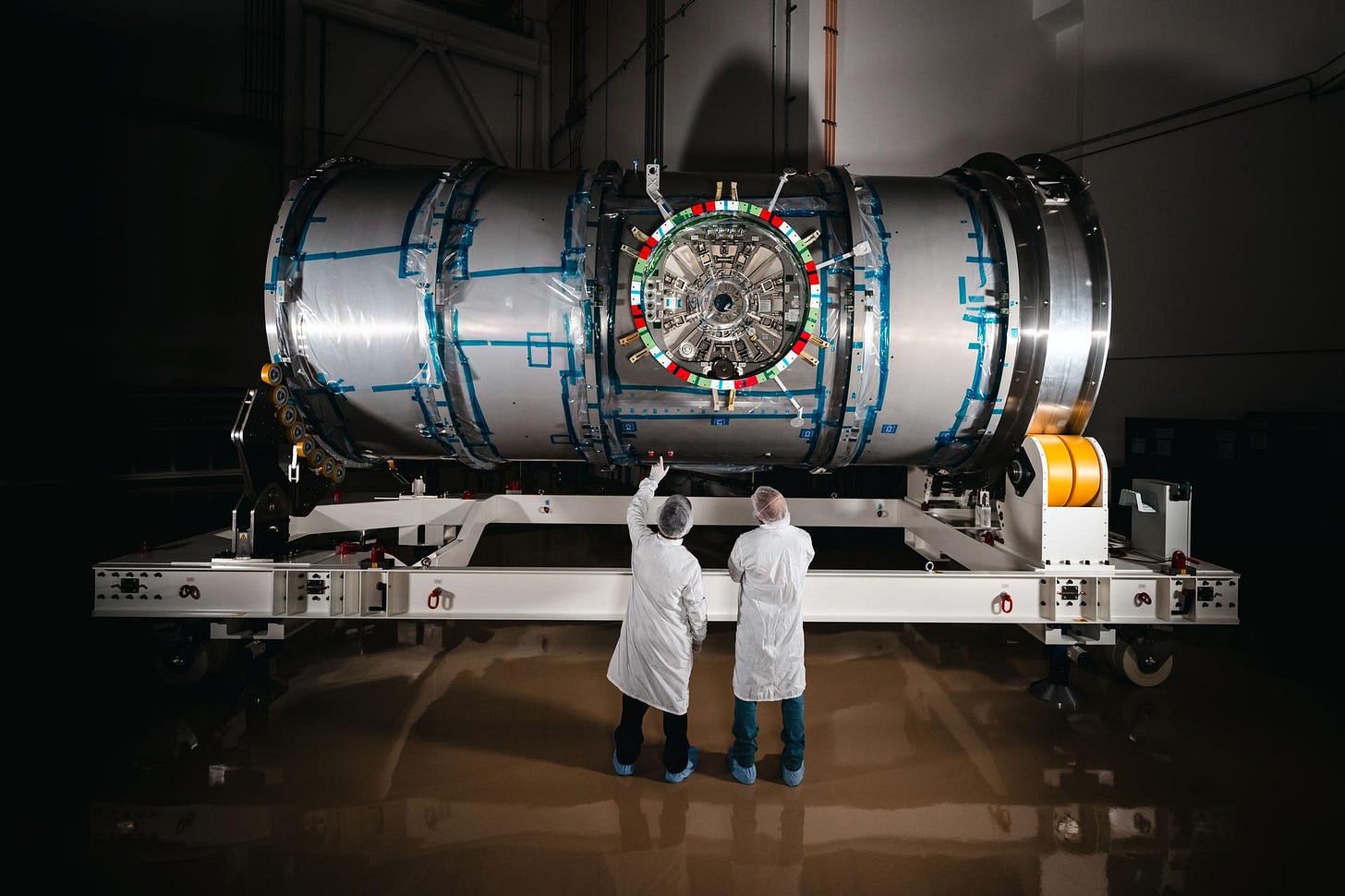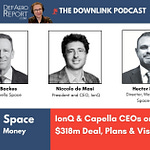The major Wall Street indices are clawing their way upward on news that the United States and Britain have agreed to a trade deal, the first since the April 2 “Liberation Day” tariffs regime was announced.
U.S. President Donald Trump said, "The deal includes billions of dollars of increased market access for American exports, especially in agriculture, dramatically increasing access for American beef, ethanol and virtually all of the products produced by our great farmers.”
The details of the deal are vague, as Commerce Secretary Howard Lutnick said the 10% import duty on all U.K. products would remain in place. According to reporting from various wire services, the tariff on vehicles produced in the U.K. will drop from 27.5% to 10%, and all tariffs on British steel and aluminum imports will be dropped.
This is welcome news for most investors and stock traders, who, having been stunned by the initial “Liberation Day” tariff announcement and the following postponement, have opted to sell their equities and not buy U.S. bonds - the usual shelter investment vehicle in uncertain times.
Chair Powell answers reporters' questions at the FOMC press conference on May 7, 2025. Image: The Federal Reserve
On Wednesday, May 7, Chair of the Federal Reserve Jerome Powell cited uncertainty as the main reason why the FED decided to leave interest rates unchanged at 4.25% to 4.5%.
Powell said, “I think there's a great deal of uncertainty about, for example, where tariff policies are going to settle out, and also when they do settle out, what will be the implications for the economy for growth and for employment? And I think it's too early to know that. So I mean, ultimately we think our policy rate is in a good place to stay as we await further clarity on tariffs and ultimately our implications for the economy.”
One would think that this uncertainty would have an outsized effect on the U.S.-based space economy. After all, it is young and highly dependent on government spending, which may be seriously cut. While Secretary of Defense Pete Hegseth has directed all military departments and agencies to plan for 5% cuts every year for the next five years, the White House wants to slash NASA’s budget by 20% this for FY 2026.
The Mars 2020 Perseverance Rover searches for signs of ancient microbial life. The Mars Sample Return lander mission would collect Perseverance’s samples of Mars rock and sediment and bring them to Earth for further testing. The Sample Return mission is cut in the FY 2026 budget request. Image: NASA/JPL-Caltech
Eric Berger of Ars Technica wrote on April 23, “Overall, the White House sought a 20 percent cut for NASA, but by far the deepest cuts were earmarked for the agency's science division: a two-thirds cut to astrophysics, down to $487 million; a nearly 50 percent cut to heliophysics, down to $455 million; a greater than 50 percent cut to Earth science, down to $1.033 billion; and a 30 percent cut to planetary science, down to $1.929 billion.”
Vasudeva Ramaswamy, an economist at American University, told NPR, that he believes the budget reductions the Trump Administration has proposed - for all federal agencies - could reduce the U.S. national gross domestic product by 4%. Just for comparison, according to NATO estimates, which are based on self-reported data, the United States’ defense spending represented 3.8% of the national GDP.
But this week’s guest, The DownLink Podcast’s regular contributor George Pullen, says the fundamentals of the U.S.-based space economy are sound, and will actually trend upward.


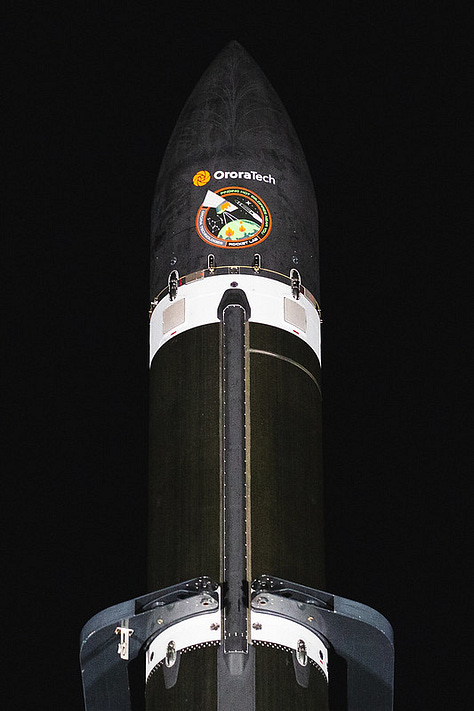

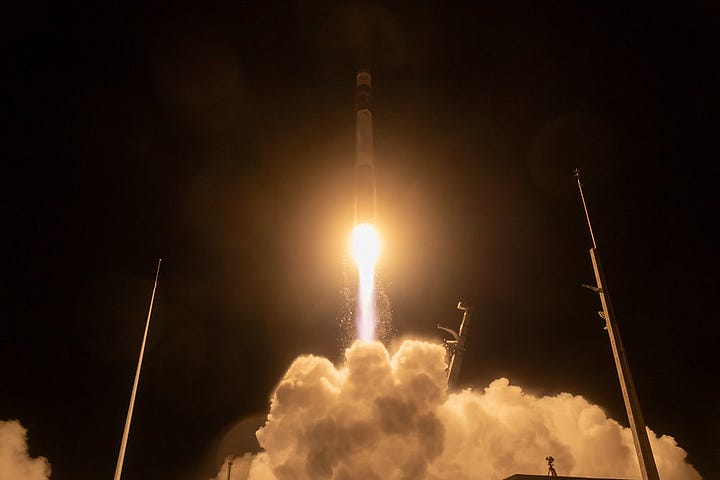
Germany-based global wildfire and detection company OroraTech contracted Rocket Lab to launch eight satellites into low earth orbit. The launch took place on March 26, from Rocket Lab Launch Complex 1, Pad B, in Mahia, New Zealand. Images: Rocket Lab
Pullen’s analysis runs contrary to the deep concern among speciality space suppliers that tariffs will affect the availability and the price of raw metals, rare earths, and the super alloys necessary to manufacture space hardware, such as rocket nozzles. The DownLink Podcast has covered this issue twice…
February 10, 2025 - Space Money: Trump’s Tariffs Squeeze Supply of Minerals Critical To Space Systems
March 10, 2025 - Space Money: Tariffs and Scarcity Equal Economic Shock
Nevertheless… Pullen’s advice is: “Take a deep breath.”
What’s in this episode
George Pullen, Doug Loverro, and I talking about the space economy and the Golden Dome’s golden opportunity at the State of the Space Industrial Base Conference and Workshop in Albuquerque, New Mexico, on May 1, 2025. Images: George Pullen and New Space Nexus.
Is there really sunshine in the Space Sector? April was a rough month for businesses, consumers, and public equities traders, all tenderized by the blows of uncertain trade policies. The DownLlink Podcast’s regular guest and space economist says the Space Sector is different and should be fine. Is he right?
Who’s in this episode
George Pullen - Partner and Chief Economist at MilkyWayEconomy.
Reading
Gateway’s HALO module at Northrop Grumman’s facility in Gilbert, Arizona, on April 4, 2025, shortly after its arrival from Thales Alenia Space in Turin, Italy. Despite being built and delivered, this module will not be launched and sent to lunar orbit according to the U.S. president’s budget request. Image: NASA/Josh Valcarcel
President Trump's recommendations on discretionary funding levels letter for fiscal year (FY) 2026 - Office of Management and Budget, May 2, 2025
“What Trump’s Proposed NASA Budget Cuts Really Mean for the Space Agency” - Jeffrey Kluger, Time Magazine, May 6, 2025
“Soviet-era spacecraft is set to plunge to Earth a half-century after its failed launch to Venus” - Marcia Dunn, Associated Press, May 2, 2025
“Elon Musk’s Latest Unofficial Task Force” - Kimberly Siversen Burke, Quilty Analytics, April 24, 2025
“FCC Kicks Off Review of Satellite Spectrum Sharing and EPFD Limits” - Rachel Jewett, ViaSatellite, April 28, 2025. This story is related to the above article from Quilty Analytics.
“Firefly Alpha’s stage separation anomaly sends Lockheed Martin’s satellite into South Pacific near Antarctic” - Small Sat News, April 29, 2025
“Amazon Project Kuiper Deployment Begins With First ULA Launch” - Rachel Jewett, ViaSatellite, April 28, 2025
Kevin O’Connell, Namrata Goswami and I hanging out and goofing around at the New Space Nexus Launch Pad on April 30, 2025.
Have a great rest of your week and weekend!
Ad Astra!
Laura





